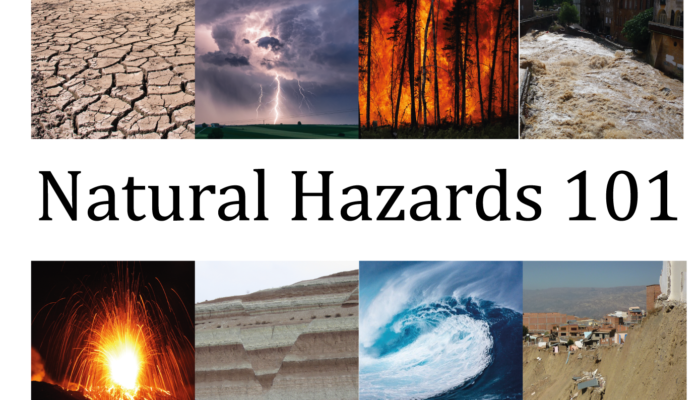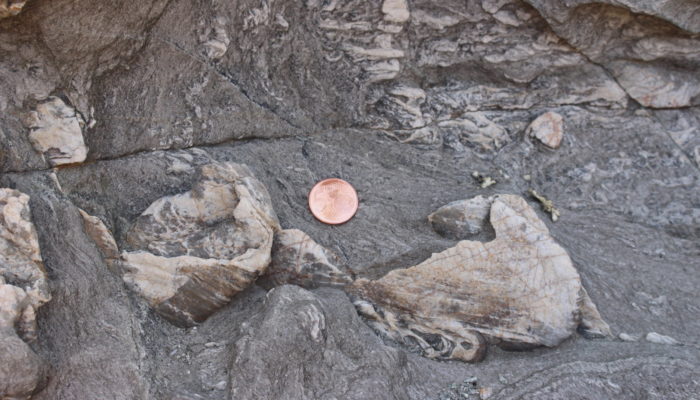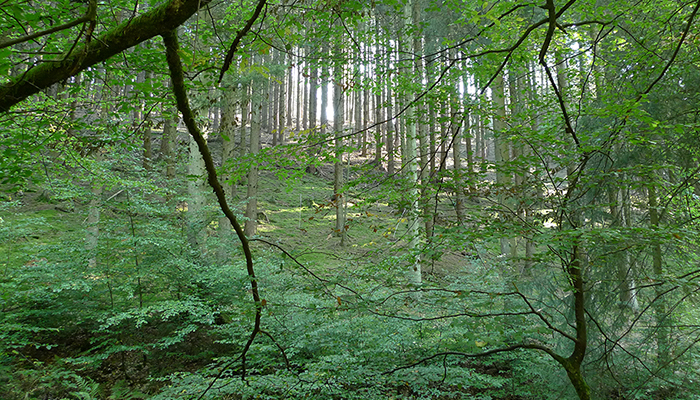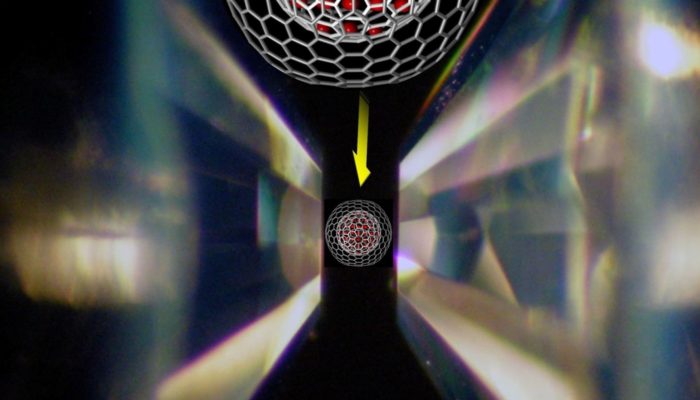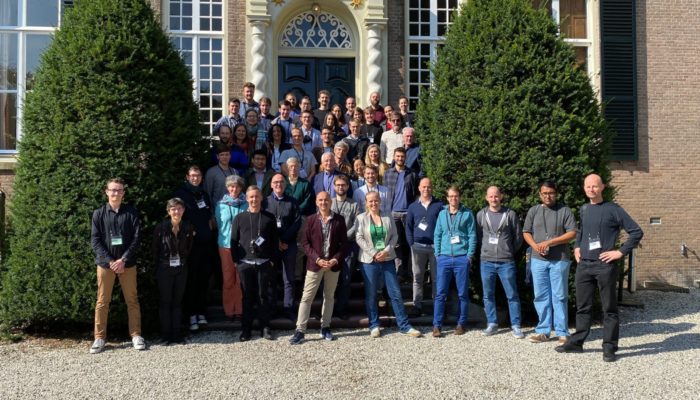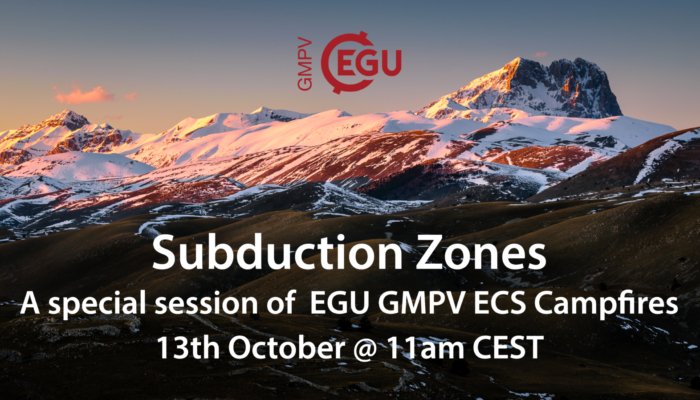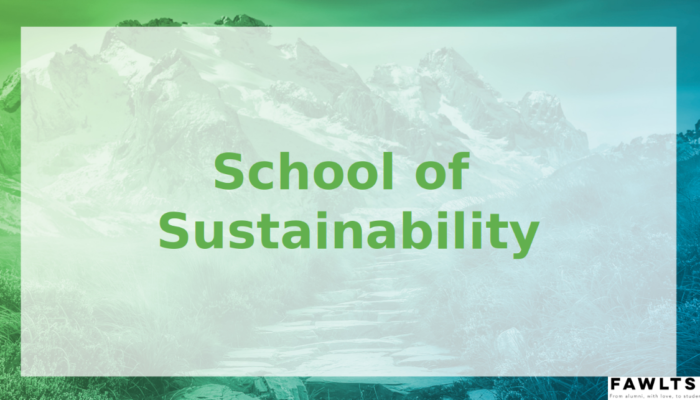With the Natural Hazards 101 series, we mean to bring our readers closer to the terminology often used in the field of natural hazards, but that may not be so familiar. In the first episode of the series, we focused on the definition of hazard and natural hazard. We moved then to the concepts of risk, disaster risk management, and the forecasting and modelling of natural hazards. In this episode, ...[Read More]
Tectonics and Structural Geology
Features from the Field: Sheath Folds
Shear zones are areas of intense deformation that localize the movement of one block of the crust with respect to another. In previous posts, we have seen that shear zones contain some very deformed rocks called mylonites, lineations that tell us the direction of movement, and useful kinematic indicators, such as S-C fabrics, that allow geologists to understand which way the rocks moved. However, ...[Read More]
Cryospheric Sciences
Women of Cryo IV: Virginia ‘Ginny’ Fiennes (1947 – 2004)
Women make up 50.8% of the worlds population, yet fewer than 30% of the world’s researchers are women. Of this percentage, BAME (Black Asia and Minority Ethnic) comprise around 5%, with less than 1% represented in geoscience faculty positions. The divide between women in the population and women in STEM needs to be addressed. Through a series of blog posts we hope to raise the voice of women in th ...[Read More]
Geodynamics
The Sassy Scientist – Finished Business
Writing a paper can be challenging. While it can be satisfactory to see your science coming together in a consistent story, writing a nice paper requires you to prepare appealing figures, a bullett-proof text and, potentially, dealing with co-autors. Mirja asks: How do I finish a paper? Dear Mirja, Interesting question: over (more than a) few beers I heard colleagues and peers wondering how to sta ...[Read More]
Hydrological Sciences
Behind every robust result is a robust method: Perspectives from a hydrological case study
Scientific studies and mathematical models are increasingly used to guide the management and development of society. But while science and modelling can indeed provide a robust basis for decision making, we must be mindful of two related considerations. First, science is based not on trust but on skepticism, meticulous technique and careful verification. Second, science is not made of absolute tru ...[Read More]
Geodynamics
Simulating materials in the Earth’s interior using atoms
This week UCLA PhD student Leslie Insixiengmay takes us on a microscopic journey to the Earth’s interior and tells us all about the atomic forces that shape the deep Earth behaviour! A question I get asked a lot is: “How do we know what’s inside of the Earth?” It’s a good and valid question considering that the deepest hole humans have dug only reaches about 12.2 km, which is about 0.2% of ...[Read More]
Tectonics and Structural Geology
GeoMod 2021 in Utrecht: connecting on-site and online
After a year and a half in which all of us have had to become accustomed to meeting our colleagues and collaborators only in digital space, it was finally time for an in-person conference again. From 19-23 of September 2021, the ninth edition of GeoMod took place in a conference center outside sunny Utrecht (the Netherlands). The organizing committee, led by Ernst Willingshofer, Ylona van Dinther, ...[Read More]
Geochemistry, Mineralogy, Petrology & Volcanology
EGU GMPV ECS Campfires – Special Edition on Subduction Zones! Wednesday 13th October 11am CEST
The 13th edition of the Geochemistry, Mineralogy, Petrology and Volcanology division’s early career scientists Campfires will be a special edition on Subduction Zones! The talks will be held on Wednesday 13th October at 11am CEST on Zoom. Our three ECS speakers are: 1. Lorraine Tual (Twitter: @_garnetite_) Post-Doc @ the University of British Columbia, Canada Title: Lu-Hf dating of laser-milled ga ...[Read More]
Geodynamics
The Sassy Scientist – It’s All In The Mix
Mare needs to secure some funding. Trotting through previous successful applications, she finds a common denominator. As a purebred scientist, she bellows: How important is interdisciplinary research for a research proposal? Dear Mare, Very important. Realistically, you’ll not get funded in case you’re a one-trick pony. Who will hand over their pouch of gold nuggets to someone who will ...[Read More]
Cryospheric Sciences
Let’s go to School of Sustainability!
Next generations will not only see impacts of climate change first-hand, but they will also deal with the associated societal implications. Implementing climate solutions and orienting themselves in a growing, green job market need cutting-edge knowledge, which is often hard to get through the ordinary, high-school syllabus. As early-career cryo-scientists (Federica is a PhD student in glacial geo ...[Read More]

